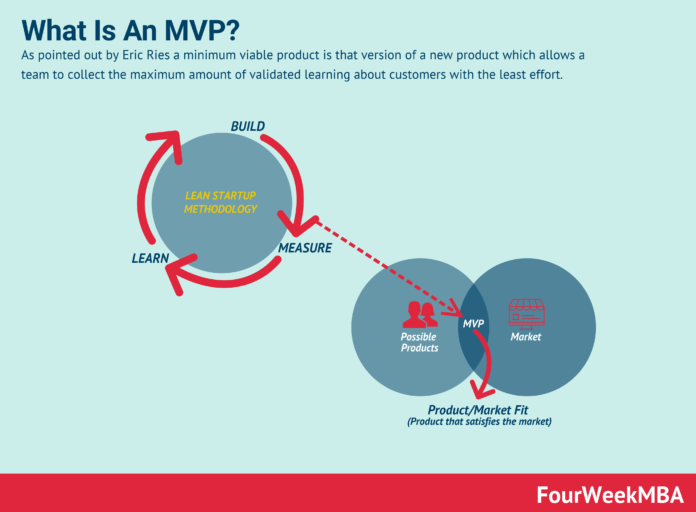Many of the most well-known apps today started as simple prototypes. But if you want to maximize your ROI during the development process, you should aim for an MVP.
It will allow you to reduce the time-to-market and save resources by focusing on essential features. It will also help you collect user feedback and analyze it, which will guide your product roadmap.
What is an MVP?
An Minimum Viable Product is a tool that allows teams to quickly learn whether a product has the potential to meet customer needs. This is done by limiting the scope of the product to only those features that are essential to customers. It is also a great way to minimize risk and maximize ROI.
To create an MVP, you can use a variety of techniques. These include solution interviews, teaser landing pages, smoke tests, and crowd-funding campaigns. These methods allow you to test your assumptions and hypothesis about the market without spending too much time or money.
An example of an MVP is the three-minute Dropbox video that Drew Houston created before soliciting investors for his file-sharing company. This proved that a demand existed for a product that would save people a lot of time and effort. It also helped him understand the job-to-be-done of his customers, which led to the success of his product. He was able to avoid spending years and millions of dollars building a product that might not have worked.
What is a Prototype?
A prototype is a model that is used to demonstrate the qualities of an idea along its journey to becoming a finished product. They are generally made of physical materials, but can also be virtual or digital. They allow teams to gather validated learning about user behavior without having to spend time and money on the final product.
There are many different types of prototypes, ranging from simple paper models to high-fidelity 3D printed objects. Depending on the category and type, they can be used to test for various things, including:
Prototypes are commonly created using design tools like Sketch and Figma. However, non-designers, including people from product teams, can create them as well. They are useful for establishing basic user flows and outlining information architecture. They can also help usability testers understand how a product works. This can save a lot of time and money on reworking the product’s final design. It is also much easier to fix problems early in the process before a great deal of work has been done on it.
What is the Difference Between an MVP and a Prototype?
The MVP concept is very popular with entrepreneurs and product managers, but many teams misinterpret what an MVP should be. Some mistakenly think that an MVP is a technology prototype, while others may use a landing page or other proxy for the actual product in an attempt to validate their business ideas. The idea behind an MVP is to learn as much as possible about a market need and segment by releasing a simple, scalable version of the product.
A product developer can gather user feedback on an MVP and make changes to the product. This is an efficient way to reduce risk and save time and money in the long run.
Imagine that you spend a year and a half developing a complex mobile app only to discover that it isn’t what your users want. That would be a huge waste of time, money, and resources. By implementing an MVP, you can avoid this scenario and ensure that your app is successful.
What is the Difference Between an MVP and a POC?
Both MVPs and prototypes allow businesses to undertake critical research before making a large investment. This research can be a huge factor in whether or not an app will succeed in the market, and if users will pay to use it.
A POC, on the other hand, is generally aimed at determining if the project has a viable business model. It is also used to examine if the technical capabilities are available to build what’s being envisioned.
Despite these similarities, there are some key differences between the two. A POC often doesn’t take the product’s usage into account and is a great way to determine if the concept can be built, but not necessarily how it will be used. By contrast, an MVP is a much more fully-developed version that can be released to beta or public testers for feedback and usability. This can help save time and resources and prevent expensive mistakes that may have been made during the POC process.








